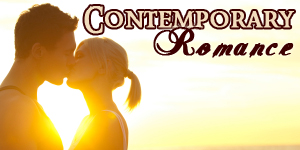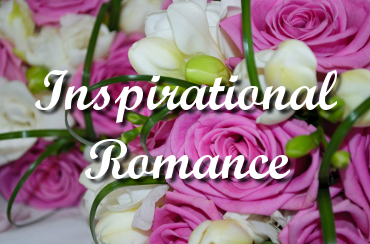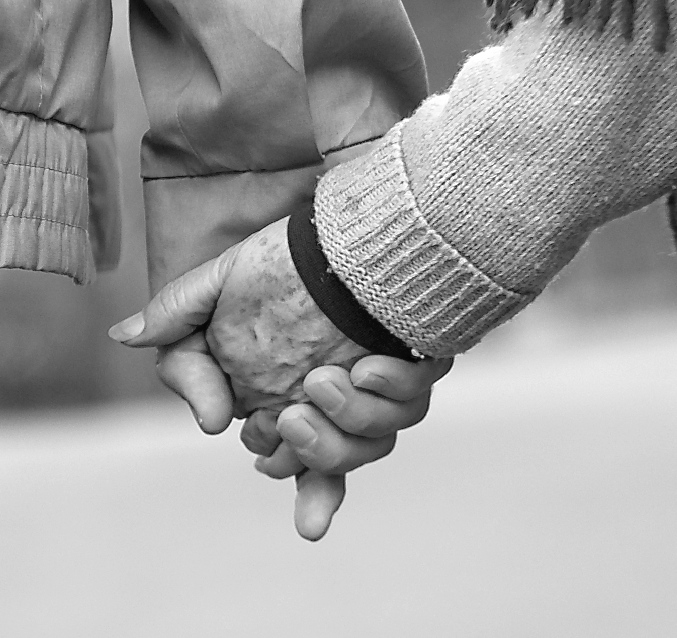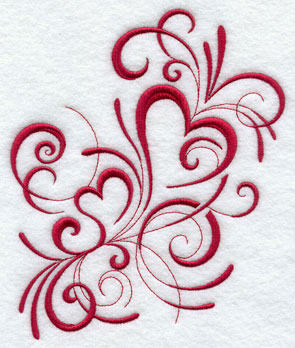Though I have to admit that the overwhelming wash of pink splashed across every window display in the greater Peabody area is a bit much to handle, February is the ideal month to talk (a bit more) about romance novels, and the genre in general. And since we at the Free For All are firm supporters of reading what makes your heart happy, and trying out new genres–from poetry, to cookbooks, to romance–today seemed like as good a day as any to discuss romance, and help you find a place to start in your exploration of the genre.
Frankly, there has never been a better time to start reading romance. The market for the genre has exploded over the past eight years or so, especially since the advent of the ebooks (because, as we’ve noted before, the covers can be a smidgen much sometimes). According to the Romance Writers of America, some 64.6 million Americans read at least one romance novel in the past year–and 25% of those nice people checked their book out from a library, which makes us happy on a number of levels. In case you needed some further statistical incentive, in 2013, the annual total sales value of romance sales was $1.08 billion, and romance books comprised 13% of all fiction books published. What all these facts combine to show is that, in choosing your romance novel, your options are myriad, and you will be among excellent company.
But how to know what to chose? As with fantasy–indeed, as with most any fiction genre–the categorizations are not hard and fast, and the stickers on the spines don’t always give you the best indication of what is between the covers. So here is a quick break-down of the bigger categories of romance novel for you, with a few suggestions along the way to get you started in the right direction:
 Contemporary: By far, this is the largest genre of romance novels, comprising a little less than half of the romance books published in the United States. Interestingly, according to the Romance Writers of America, “contemporary novels” are books that are set after 1950–a date that shifts every few years as time marches on. Largely, though these books are set in the “present day”, which means some older books can feel a bit dated, not only in terms of the fact that the characters don’t text each other, but in terms of some of the social mores between the characters. There are some very definite subgenres within the contemporary heading, and some very familiar tropes including cowboy hero–sometimes they are ranchers, but the word “y’all” comes up a lot, and spurs are worn unironically, military heroes–if anyone finds a romance novel with a military heroine, I will, quite literally praise your name from the rooftops, and, more recently, motorcycle club badboys. And the billionaires (they used to be millionaires, but inflation affects even romance novel characters). Everyone has their favorite tropes, but I love Lauren Layne’s two contemporary series, or anything by the writing team known as Christina Lauren.
Contemporary: By far, this is the largest genre of romance novels, comprising a little less than half of the romance books published in the United States. Interestingly, according to the Romance Writers of America, “contemporary novels” are books that are set after 1950–a date that shifts every few years as time marches on. Largely, though these books are set in the “present day”, which means some older books can feel a bit dated, not only in terms of the fact that the characters don’t text each other, but in terms of some of the social mores between the characters. There are some very definite subgenres within the contemporary heading, and some very familiar tropes including cowboy hero–sometimes they are ranchers, but the word “y’all” comes up a lot, and spurs are worn unironically, military heroes–if anyone finds a romance novel with a military heroine, I will, quite literally praise your name from the rooftops, and, more recently, motorcycle club badboys. And the billionaires (they used to be millionaires, but inflation affects even romance novel characters). Everyone has their favorite tropes, but I love Lauren Layne’s two contemporary series, or anything by the writing team known as Christina Lauren.
 Historical: Though contemporary’s hold the plurality on the market, I think it’s fair to say that these are the kind of stories that people think of when they think of romance novels. It’s funny…every single year, publishers claim that the historic romance genre is “dying”, because it is only about 15% of published romances, but every year, historical romances are featured in mainstream trade magazines as the books to read. Though technically, historical romances are any that are set before 1950, the early 19th century is still by far and away the most popular period for these books, particularly the Regency Period (officially 1811-1820). The glittering ballrooms, fancy dresses, and other fun details aside, historical romance novels succeed for a number of reasons–because gender role were so rigidly defined, it’s much easier to talk about challenging gender stereotypes–in the character’s time, and in our own. Sarah MacLean is a marvel at drawing these parallels, but doing so in a novel that is wildly entertaining and genuinely moving. Similarly, by placing romances in a world without cell phones and cars, authors can also get rid of the distractions that keep us apart (even while they bring us together). Eloisa James is really talented at this–and, as a Shakespearean professor in real life, you are also guaranteed a wonderfully thoughtful story, as well!
Historical: Though contemporary’s hold the plurality on the market, I think it’s fair to say that these are the kind of stories that people think of when they think of romance novels. It’s funny…every single year, publishers claim that the historic romance genre is “dying”, because it is only about 15% of published romances, but every year, historical romances are featured in mainstream trade magazines as the books to read. Though technically, historical romances are any that are set before 1950, the early 19th century is still by far and away the most popular period for these books, particularly the Regency Period (officially 1811-1820). The glittering ballrooms, fancy dresses, and other fun details aside, historical romance novels succeed for a number of reasons–because gender role were so rigidly defined, it’s much easier to talk about challenging gender stereotypes–in the character’s time, and in our own. Sarah MacLean is a marvel at drawing these parallels, but doing so in a novel that is wildly entertaining and genuinely moving. Similarly, by placing romances in a world without cell phones and cars, authors can also get rid of the distractions that keep us apart (even while they bring us together). Eloisa James is really talented at this–and, as a Shakespearean professor in real life, you are also guaranteed a wonderfully thoughtful story, as well!
 Paranormal Romance: Though series like Twilight defined this subgenre for many, in reality, it is an enormously diverse one that features a wealth of science-fiction, fantasy, and supernatural elements. Vampires, yes, certainly; but shape-shifters are also hugely popular within the realm of paranormal romance. Increasingly, there are also magicians, necromancers, and gods and goddesses, too! While some paranormal romances are very firmly focused around the central relationship, like Larissa Ione’s Demonica Series, in many cases, they are much more like urban fantasy novels, with a complex world and a larger story arc, like Thea Harrison’s Elder Races series, or Jeaniene Frost’s Night Huntress books.
Paranormal Romance: Though series like Twilight defined this subgenre for many, in reality, it is an enormously diverse one that features a wealth of science-fiction, fantasy, and supernatural elements. Vampires, yes, certainly; but shape-shifters are also hugely popular within the realm of paranormal romance. Increasingly, there are also magicians, necromancers, and gods and goddesses, too! While some paranormal romances are very firmly focused around the central relationship, like Larissa Ione’s Demonica Series, in many cases, they are much more like urban fantasy novels, with a complex world and a larger story arc, like Thea Harrison’s Elder Races series, or Jeaniene Frost’s Night Huntress books.
 Romantic Suspense: Perhaps not surprisingly, these books are ones that feature suspense, mystery, or thriller elements as a major part of the plot. Very often, the two aspects, the suspense and the romance are intertwined and cannot be separated. In Cynthia Eden‘s LOST novels, for example, the main characters are all part of an elite search-and-rescue team, and fall in love as a result of the cases they take on. Many of the books I’ve read in this genre seem to rely on the damsel-in-distress trope to succeed, but some authors, like Jayne Ann Krentz and HelenKay Dimon are great at creating heroines who are just as strong and capable as the heroes.
Romantic Suspense: Perhaps not surprisingly, these books are ones that feature suspense, mystery, or thriller elements as a major part of the plot. Very often, the two aspects, the suspense and the romance are intertwined and cannot be separated. In Cynthia Eden‘s LOST novels, for example, the main characters are all part of an elite search-and-rescue team, and fall in love as a result of the cases they take on. Many of the books I’ve read in this genre seem to rely on the damsel-in-distress trope to succeed, but some authors, like Jayne Ann Krentz and HelenKay Dimon are great at creating heroines who are just as strong and capable as the heroes.
 Inspirational Romance: These books feature faith as a major component of their plots–traditionally Christian, but any number of believe systems can be the focus of these books. These books can be both historical–very frequently, they feature characters living in Amish, or similar religion-based communities–or contemporary. Readers looking for recommendations need look no further than this blog, as our beloved Melissa is the resident expert here!
Inspirational Romance: These books feature faith as a major component of their plots–traditionally Christian, but any number of believe systems can be the focus of these books. These books can be both historical–very frequently, they feature characters living in Amish, or similar religion-based communities–or contemporary. Readers looking for recommendations need look no further than this blog, as our beloved Melissa is the resident expert here!
Until next time, dear readers–Happy Reading!


